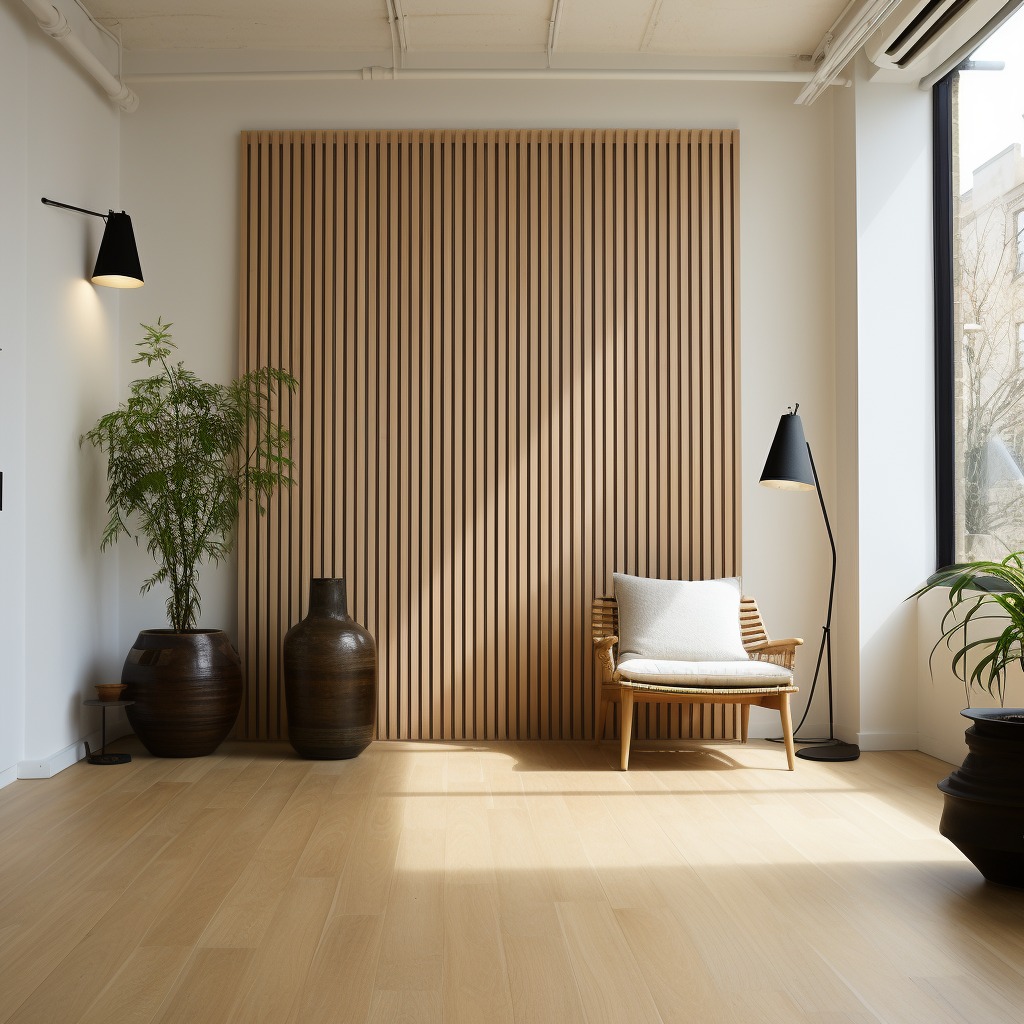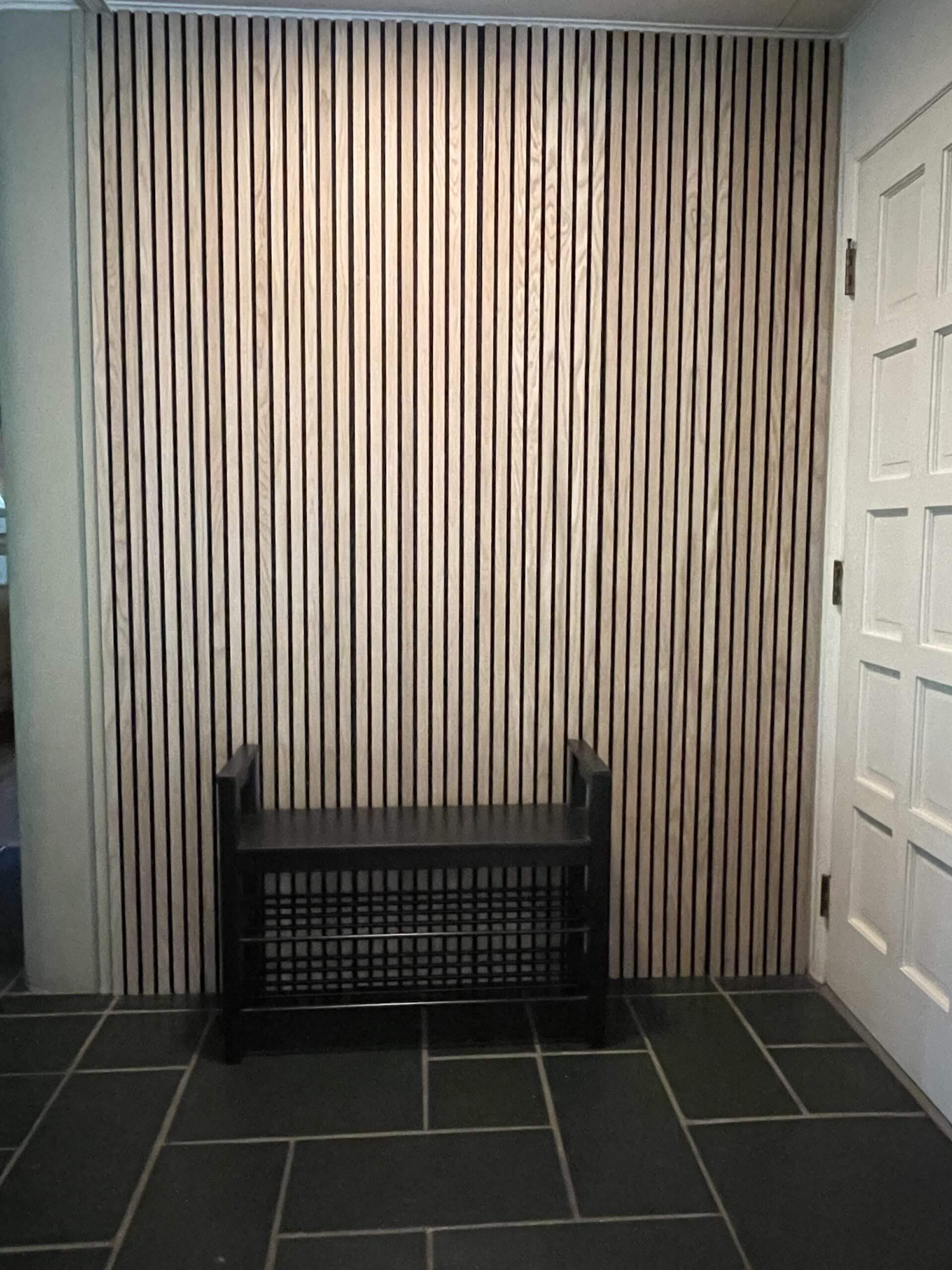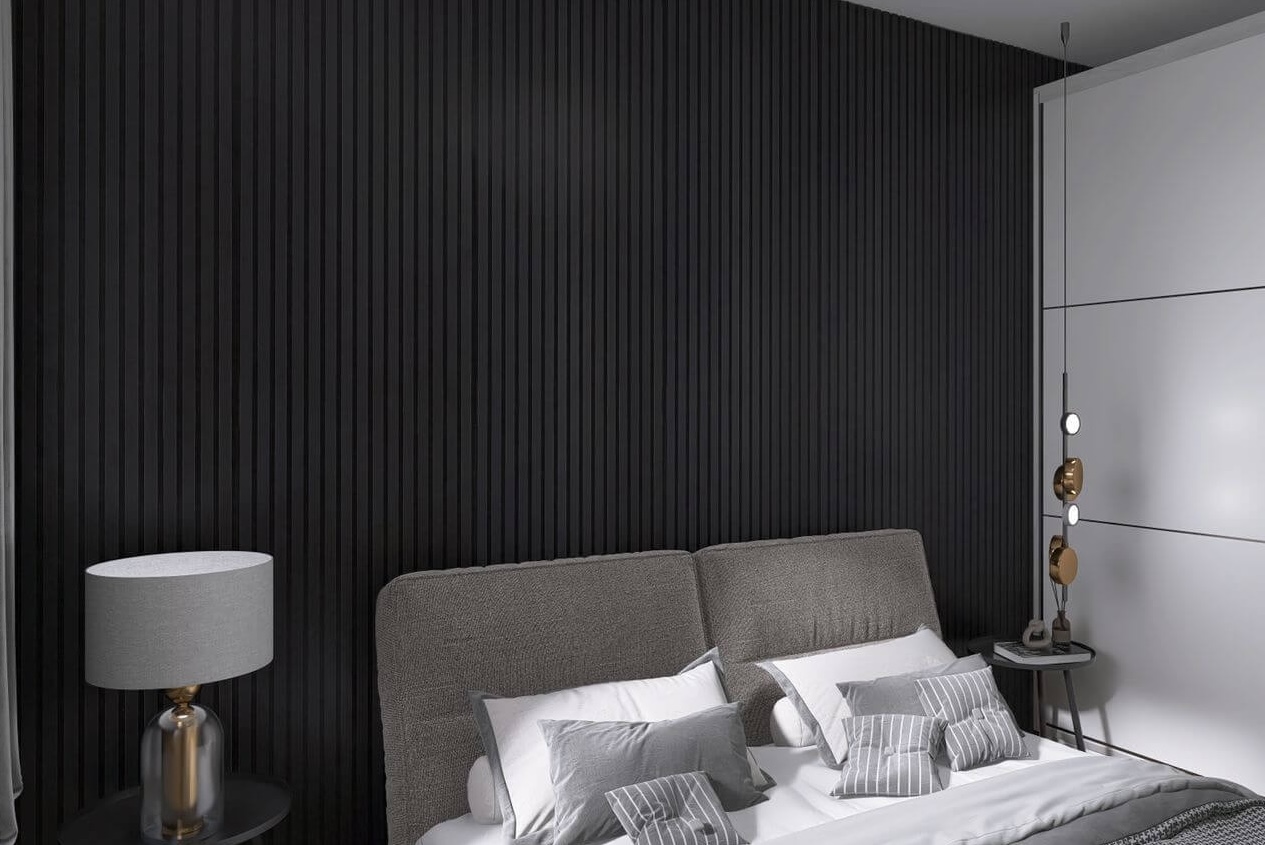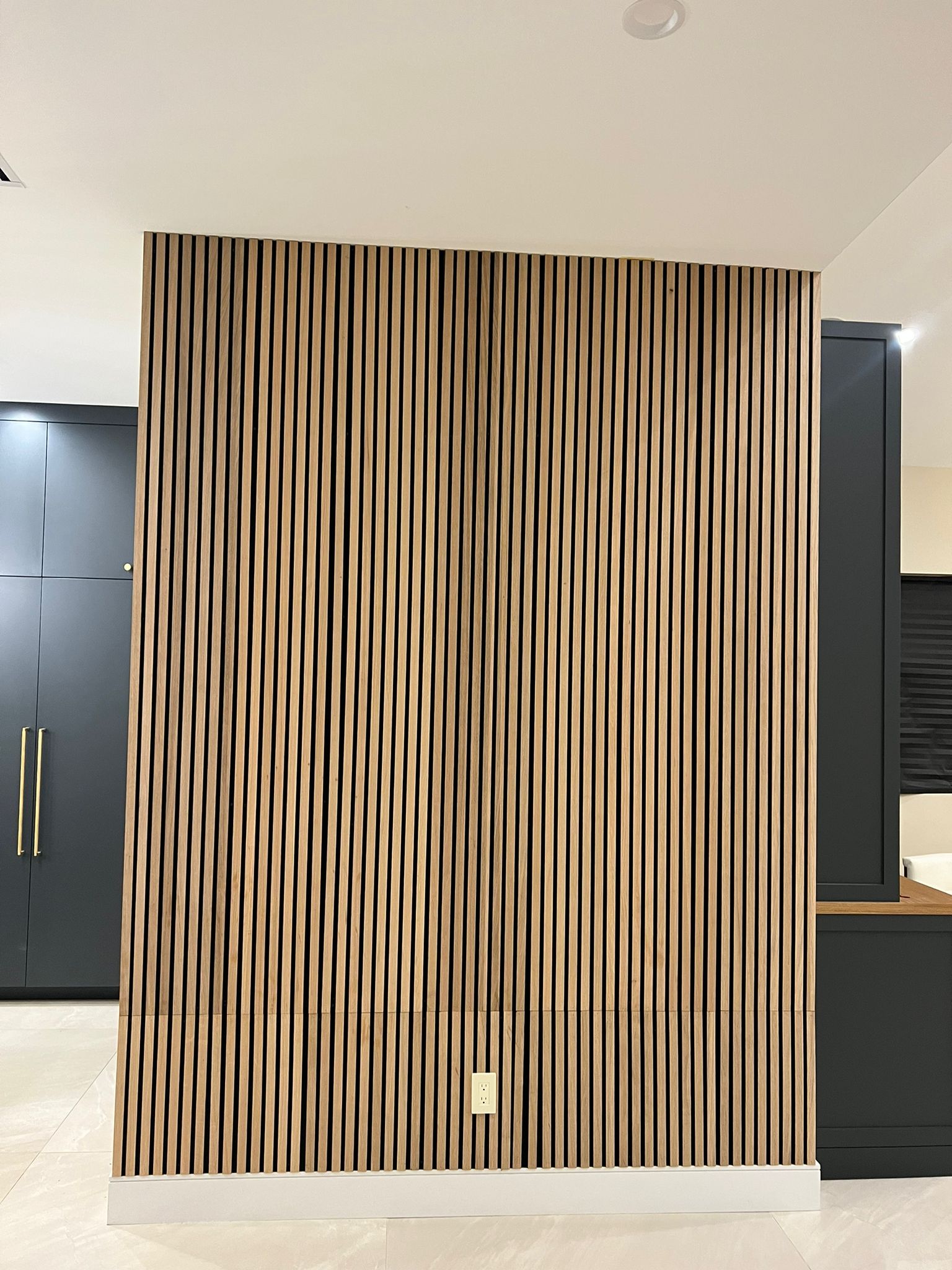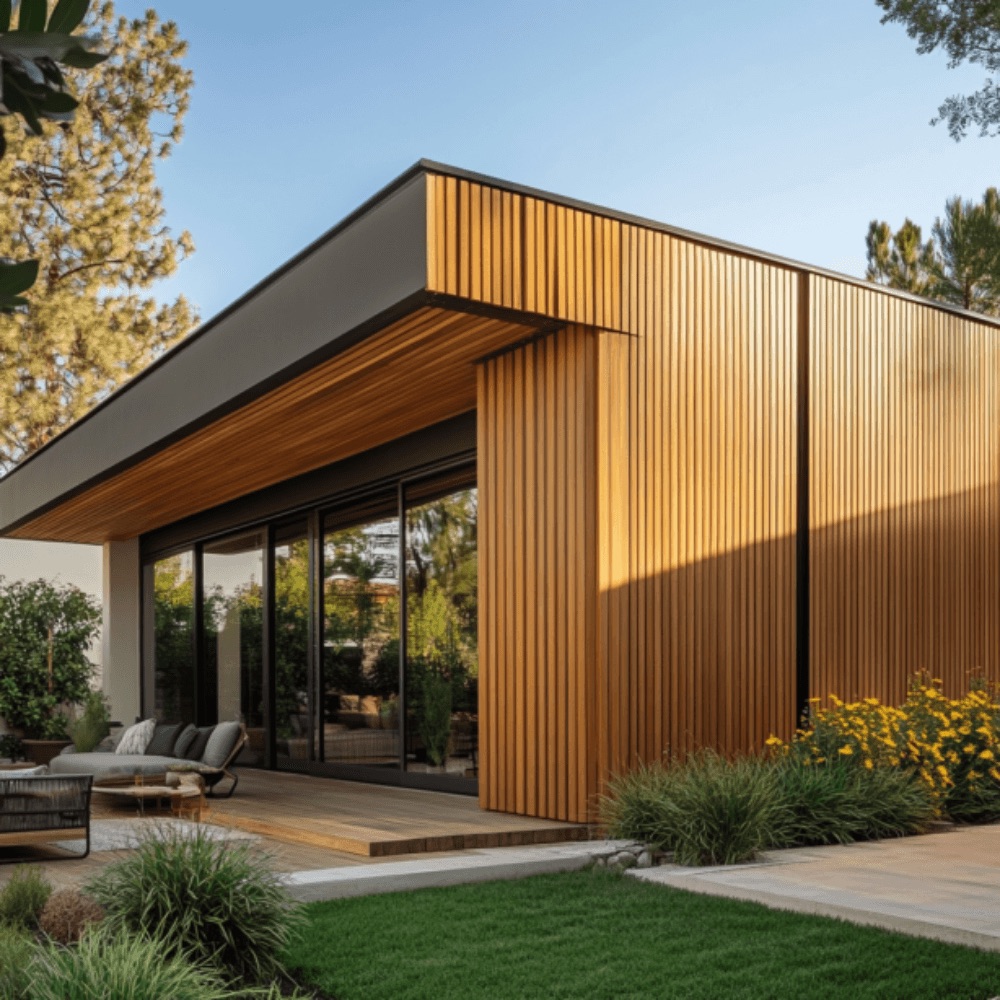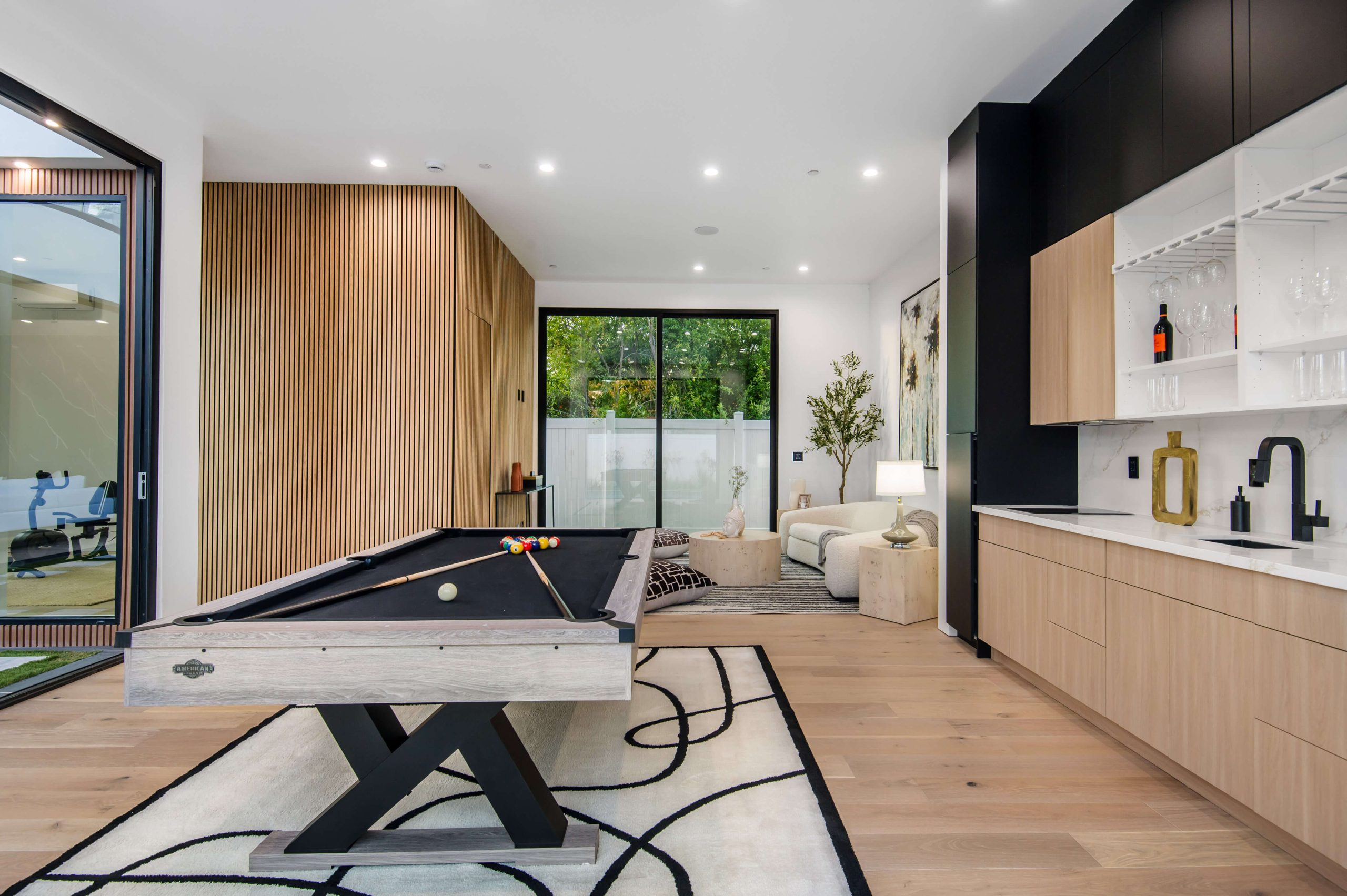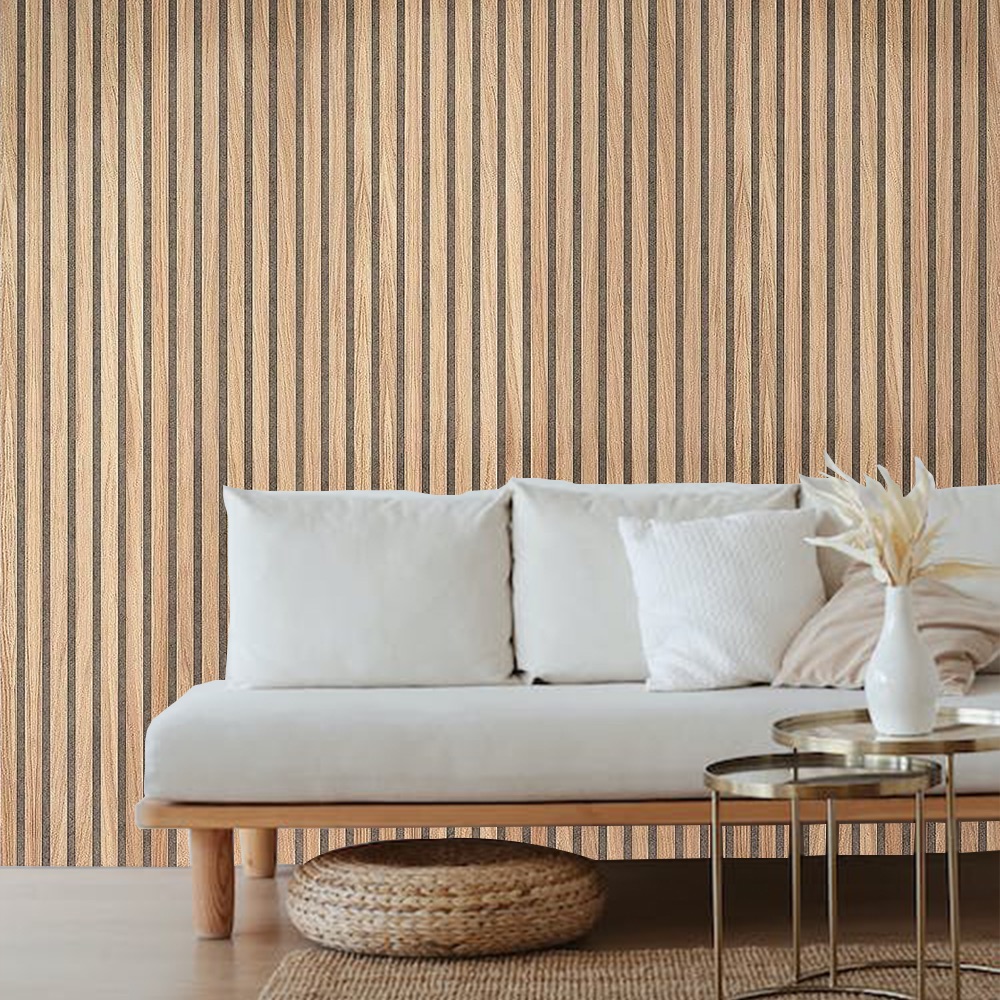When you walk into a room, the first thing you might notice is the feeling it gives you. Is it warm and cozy, bright and open, or stylish and bold? Much of that feeling comes from how the wood tones work together. Learning how to match wood wall panels with floors and furniture can totally transform your space into something beautiful and balanced.
Let’s imagine a cozy living room with walnut floors. The wood is rich, dark, and smooth. Now, picture light pine wood wall panels rising up the walls. Something feels off, right? That’s because matching wood wall panels with floors is all about harmony—not making everything identical, but making sure each part complements the other.
It doesn’t mean your walls, floors, and furniture all have to be the same exact color. What matters most is how they blend. Here are some ways you can mix and match wood finishes the right way, and how to bring everything together for a room that feels both welcoming and stylish.
Wood Tones and Why They Matter
Wood comes in warm, cool, and neutral tones. Knowing the tone of your floor or your wall panels is the first step. That’s how you make better decisions for the rest of your space.
- Warm tones: Think cherry, mahogany, and hickory. These woods have red or golden undertones.
- Cool tones: These are grays, ash, or maple with bluish or grayish hues.
- Neutral tones: Oaks and walnuts often fall in between. They go with almost anything.
To match wood wall panels with floors, pick woods that are in the same tone family. Even if they’re different types, they’ll feel like they belong together.
Start With the Floors
Floors cover the largest surface in your room, so they act like the foundation. If your floors are dark, you have two good choices:
- Go with lighter wall panels for contrast.
- Stick with medium-toned panels to keep things grounded.
Either way, you want to make sure you’re not overwhelming the room. For example, if you have dark walnut floors and you choose equally dark wall panels, things might start to feel heavy. But pairing that with lighter oak wall panels like the ones in this acoustic slat wood wall panel collection adds a fresh contrast while staying within a natural theme.
Blend with Your Furniture
After floors and walls, your furniture completes the story. You can mix wood tones here too, but again, stick to a common thread. That could be:
- The tone (warm, cool, or neutral)
- The grain (smooth vs. textured)
- The finish (matte, semi-gloss, glossy)
Try these quick tips:
- If your wall panels are light, try a darker coffee table or bookshelves for contrast.
- When your floor and wall panels are similar, use your furniture to add variety.
- Use accent pieces like cushions, rugs, or art to pull it all together.
Common Pairing Ideas
Here are some beautiful and practical combinations people love when they match wood wall panels with floors:
| Wall Panel Type | Floor Type | Furniture Idea |
|---|---|---|
| Light Oak Panels | Dark Walnut Floors | Tan linen sofa + black metal legs |
| Rustic Pine Panels | Neutral Oak Floors | Leather recliner in camel brown |
| Gray Ash Panels | Whitewashed Floors | White chairs + navy pillows |
| Reclaimed Barnwood | Polished Maple | Industrial metal + wood mix |
Each of these setups keeps things balanced without being boring. Notice how none of them use the same wood tone for everything, but it all still feels connected.
Tricks to Avoid Wood Clashes
Wood clashes happen when you mix tones or finishes that fight against each other. To avoid that:
- Don’t mix red and gray wood tones—they rarely work together.
- Stick to two or three wood tones max in one room.
- Use transition elements like trim or wainscoting to break things up.
Another helpful idea is using rugs to soften the transitions between wood tones. A large rug between your wooden floor and wood coffee table can help bridge a tone gap. Lighting also plays a big role. Warm lights make all woods feel a little more connected.
Use Visual Texture and Contrast
Matching wood wall panels with floors doesn’t have to be boring. You can still add visual interest by playing with texture and pattern. For example:
- Vertical slat panels can add height to a room with flat floors.
- Panels with wide grains can contrast nicely with tight-grain hardwood floors.
- Mixing matte wall panels with shiny floors creates a rich, layered feel.
To get inspired by color combinations that go well with your wood setup, check out this top wall panel color guide. It’s filled with ideas for matching tones with styles like modern farmhouse, rustic chic, or urban loft.
Tips to Make It Work Every Time
- Test samples: Bring wall panel and floor samples home. Check them in natural light.
- Start neutral: Use neutral tones on walls or floors and bring in color with furniture.
- Use contrast wisely: Light walls with dark floors or vice versa keep rooms interesting.
- Repeat finishes: Repeat similar wood tones throughout the room, even in small ways.
- Balance with decor: Soft furnishings and art can bring the look together.
When people start thinking about how to match wood wall panels with floors, they often feel unsure. But it’s not about being perfect. It’s about making each part feel like it belongs. That’s why this kind of design is more like storytelling—it grows room by room.
And when you’re ready to explore the best options for your own space, take a peek at our full wood panel collection and ideas. You’ll find everything you need to mix, match, and make your room feel just right.
Choosing the right combination of panels, floors, and furniture might take a little trial and error. But once it clicks, you’ll walk into that room and feel like every piece is in the perfect place.
Let your walls speak, let your floors ground, and let your furniture tie the story together.
FAQs
1. How do I know if the wood wall panels will match my floors?
Start by checking the tone of both—are they warm, cool, or neutral? If they’re in the same tone family, they’ll likely match well. Even if the shades are different, sticking to similar undertones helps everything feel connected.
2. Can I mix different wood colors in one room without it looking messy?
Yes, absolutely! Mixing wood tones adds character, as long as you don’t go overboard. Limit your space to two or three wood tones, and use rugs, trim, or decor to help tie them together visually.
3. Should my furniture match my wall panels and floors exactly?
Not exactly. Matching everything can make the space feel flat. Instead, try to balance light and dark pieces and keep one element—like tone or finish—consistent. That way, your room still feels coordinated but has depth.
4. What’s the best way to test wood panel and floor combinations before buying?
Always ask for physical samples of the panels and flooring. Place them side by side in the actual room, under natural lighting, and see how they look together throughout the day.
5. Where can I find high-quality wood wall panels that match my design style?
You can explore a wide range of natural, acoustic, and designer-friendly options on our wood panel collection—perfect for mixing and matching with your current floors and furniture.

